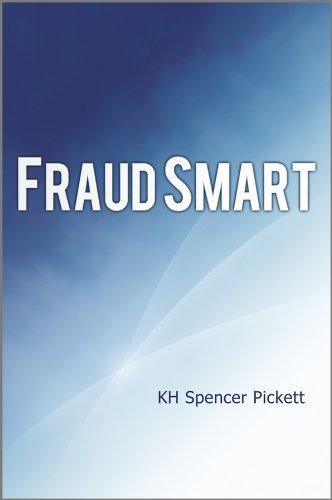Question
Consider the following tax schedule for the year 2023: 10% $0 to $11,000. 10% of taxable income. 12% $11,001 to $44,725. $1,100 plus 12% of
Consider the following tax schedule for the year 2023:
| 10% | $0 to $11,000. | 10% of taxable income. |
| 12% | $11,001 to $44,725. | $1,100 plus 12% of the amount over $11,000. |
| 22% | $44,726 to $95,375. | $5,147 plus 22% of the amount over $44,725. |
| 24% | $95,376 to $182,100. | $16,290 plus 24% of the amount over $95,375. |
| 32% | $182,101 to $231,250. | $37,104 plus 32% of the amount over $182,100. |
| 35% | $231,251 to $578,125. | $52,832 plus 35% of the amount over $231,250. |
| 37% | $578,126 or more. | $174,238.25 plus 37% of the amount over $578,125. |
Suppose your taxable income in 2023 is $66108. How much will you owe in taxes? State your answer as a number rounded to two decimal points (e.g. if your answer is $5,678.784, write 5678.78)
Step by Step Solution
There are 3 Steps involved in it
Step: 1

Get Instant Access to Expert-Tailored Solutions
See step-by-step solutions with expert insights and AI powered tools for academic success
Step: 2

Step: 3

Ace Your Homework with AI
Get the answers you need in no time with our AI-driven, step-by-step assistance
Get Started


